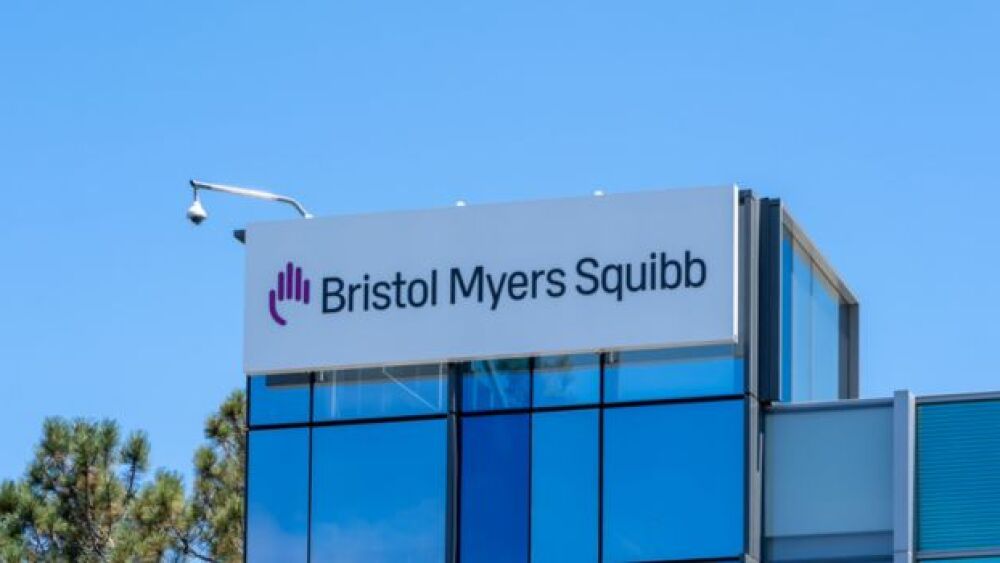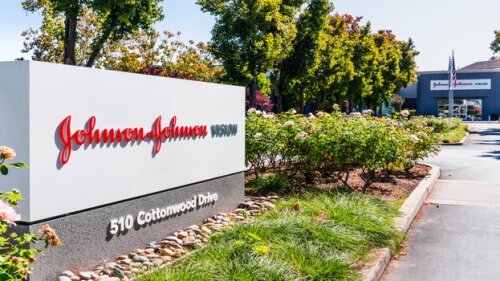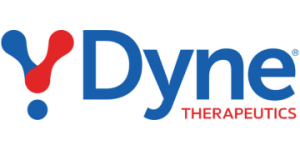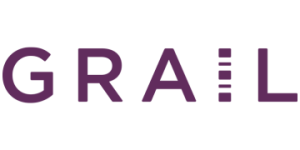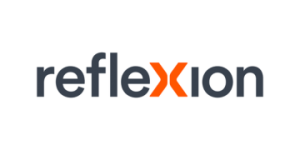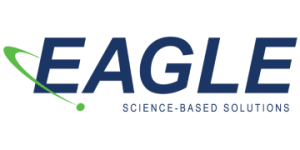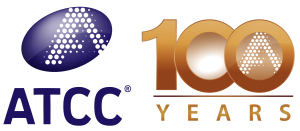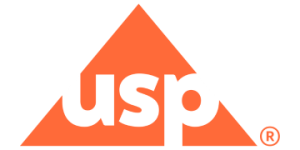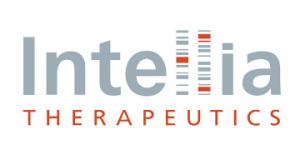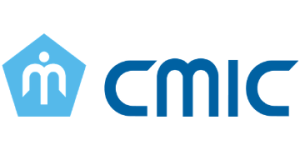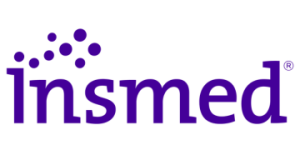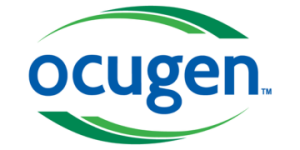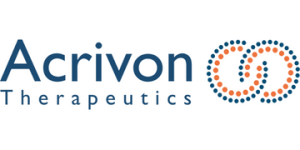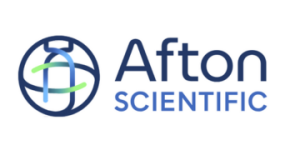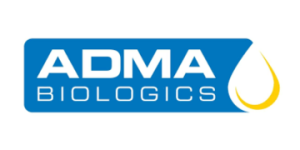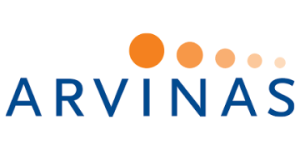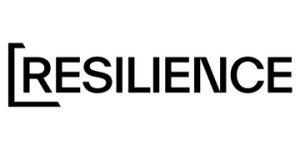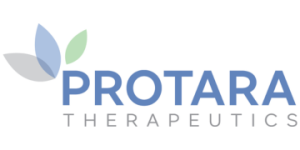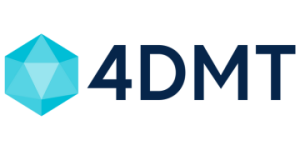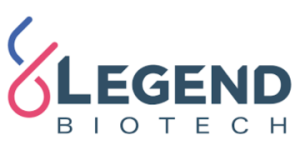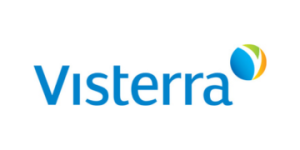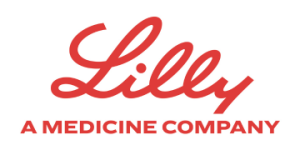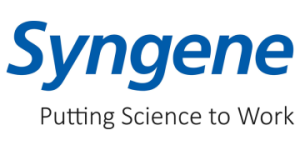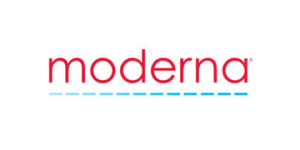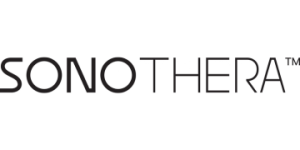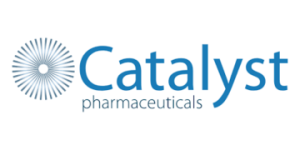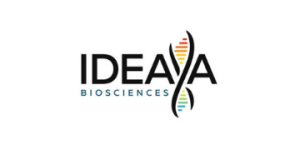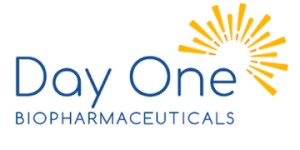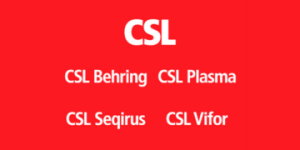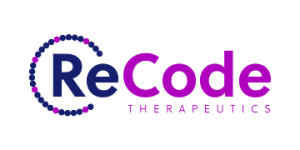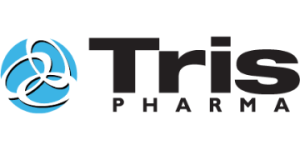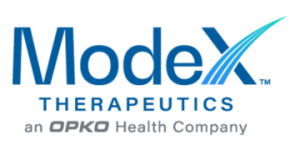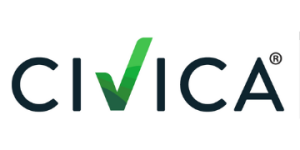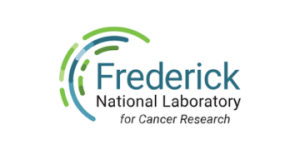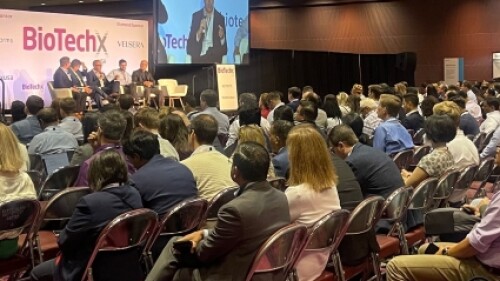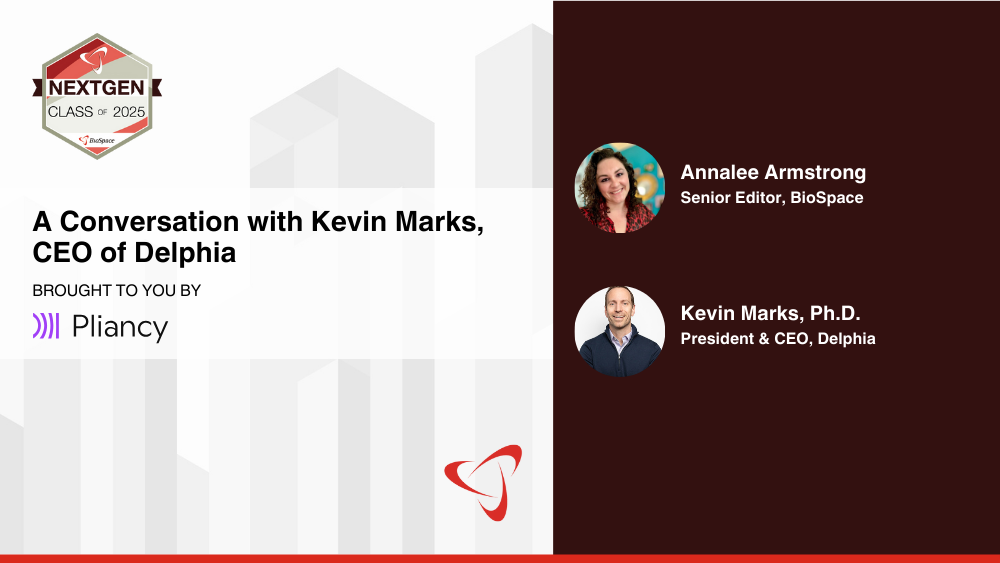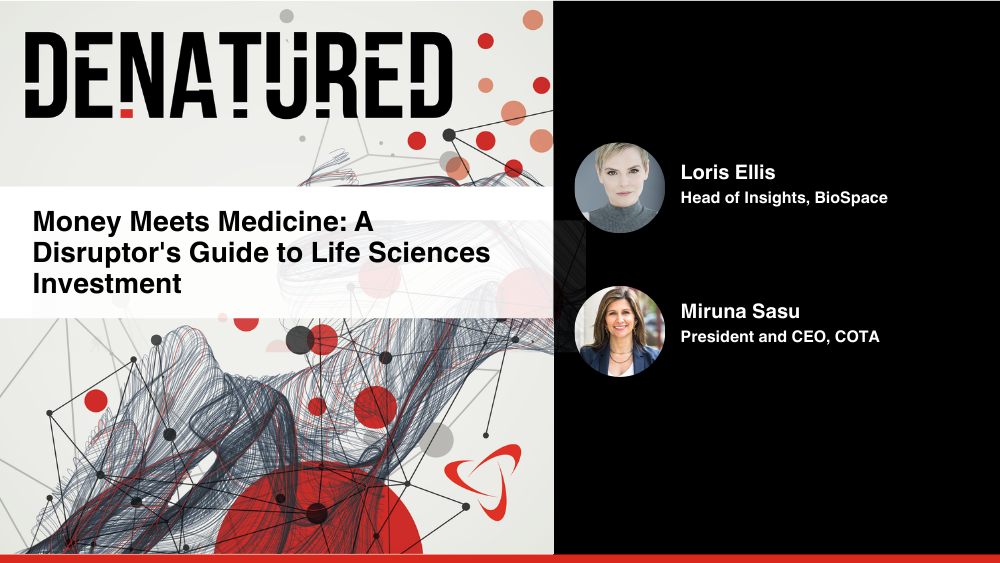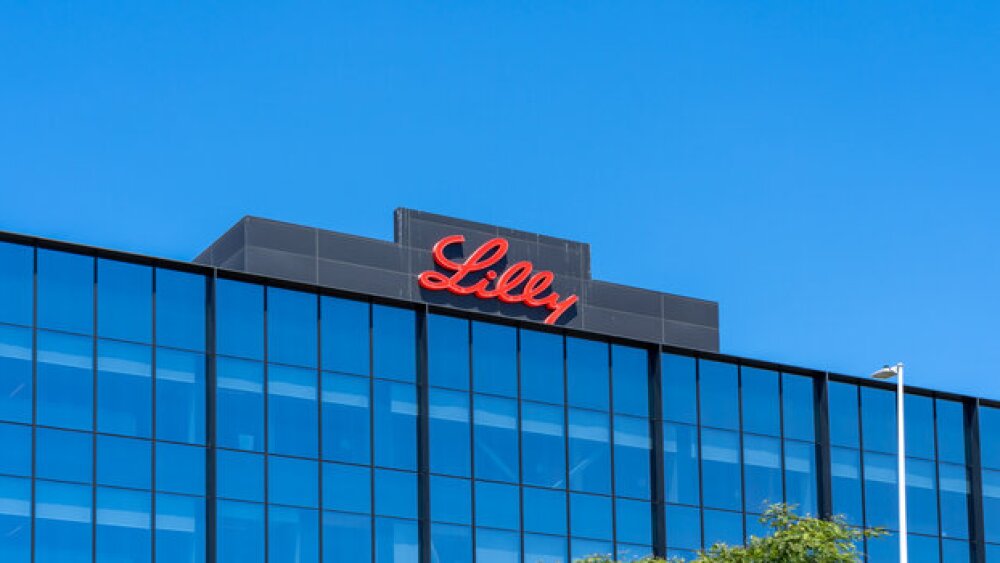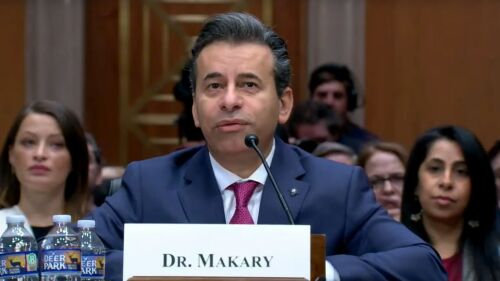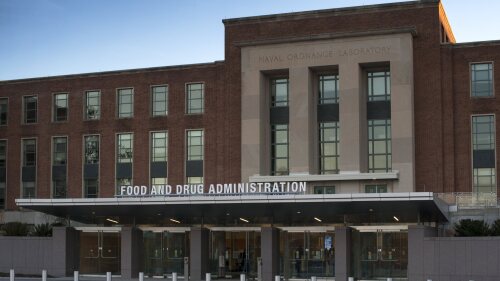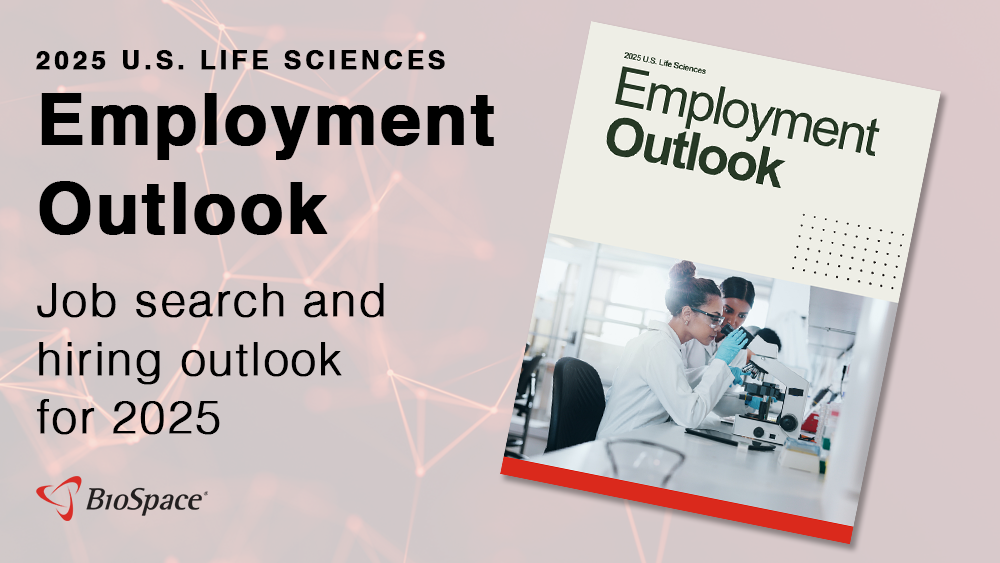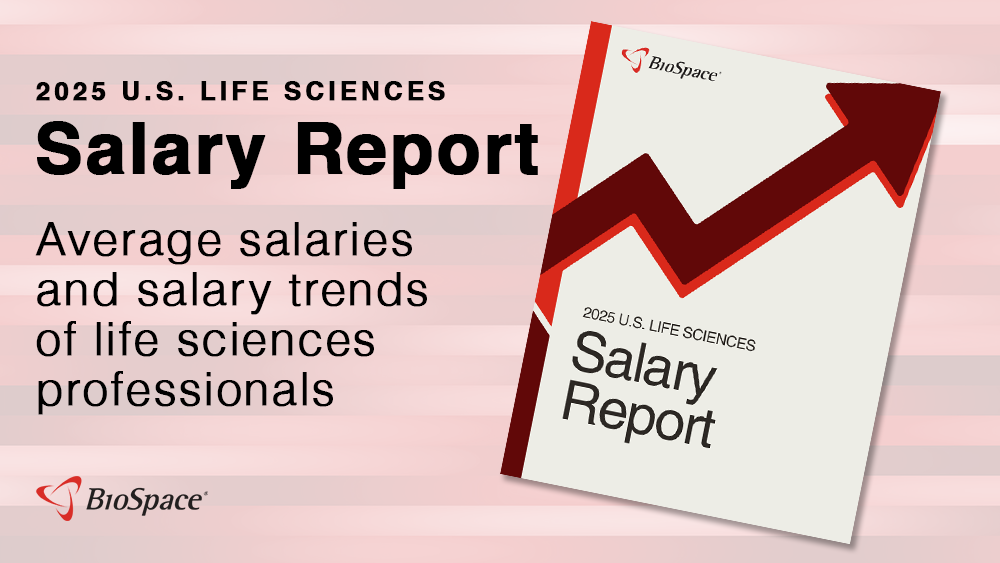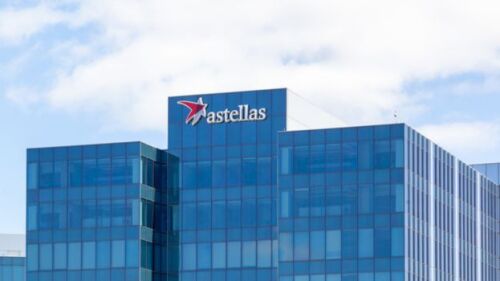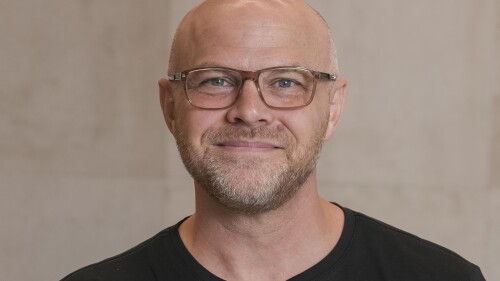Bristol Myers Squibb beat analyst and consensus estimates for the third quarter with $12.2 billion in sales, but executives on the company’s investor call faced questions about a sluggish uptake for schizophrenia drug Cobenfy as well as a highly anticipated Alzheimer’s psychosis readout for the product.
Following restricted vaccine approvals and changes to CDC immunization schedules, Merck, Pfizer, GSK and Sanofi are all suffering revenue hits to their vaccine programs.
The Phase III results impressed Guggenheim Partners analysts both in terms of efficacy and safety. If approved, atacicept would become the first APRIL/BAFF inhibitor for IgAN to make it to the market.
The FDA previously placed two clinical studies on hold, including the Phase III trial in which the liver toxicity occurred. Intellia is working with experts to create a risk management program for nex-z.
Darzalex Faspro’s approval for smoldering multiple myeloma could allow for earlier intervention and reduce the risk of progression to active disease.
The FDA awards a second round of Commissioner’s National Priority vouchers to six larger biopharma companies. And this time, with the exception of Eli Lilly’s orforglipron, the vouchers are for drugs that are already on the market.
The agreement will also secure a $150 price for future weight loss pills from Novo Nordisk and Eli Lilly—at least initially.
FEATURED STORIES
Sarepta’s troubles had nothing to do with Arrowhead’s assets, and yet both companies have seen their stock prices decline this past month. BioSpace caught up with Arrowhead’s Chris Anzalone to talk about the biotech’s role as an RNAi pipeline savior.
Leaders at Eli Lilly believe heavy investment in the company’s manufacturing footprint “sets a high standard that newcomers may find challenging to match.” At least one of those newcomers disagrees.
The recent announcement of RFK Jr.’s termination of mRNA vaccine contracts is the latest effort to undermine this promising technology at the federal level. Pharmaceutical companies and private investors must fill the gap and ensure that research into this critical resource continues.
In the wake of multiple patient deaths from liver injuries related to Sarepta Therapeutics’ AAV gene therapy platform, some in the sector are looking for ways to improve the current technology, while others are eager to move on.
Here are five oral obesity candidates that, according to Mizuho’s Graig Suvannavejh, could change the weight loss game.
Arguably the FDA’s most anticipated decision this month is for a subcutaneous induction formulation of Biogen and Eisai’s Alzheimer’s drug Leqembi, which, according to Eisai, could “help reduce the burden on healthcare professionals and patients.”
LATEST PODCASTS
In the second podcast in a special series focused on BioSpace’s NextGen Class of 2025, Senior Editor Annalee Armstrong speaks with Kevin Marks, CEO of Delphia Therapeutics.
In this episode of Denatured, BioSpace’s Head of Insights Lori Ellis and Miruna Sasu, CEO of COTA, discuss life sciences investment and the potential for disruption.
As FDA seeks to rehire some fired employees, Donald Trump threatens to enact tariffs on pharma companies unless they reshore manufacturing; another lawsuit hits the complex GLP-1 compounding space as Eli Lilly offers expanded Zepbound options; and struggling gene therapy biotech bluebird bio goes private in an attempt to stay solvent.
Job Trends
Vertex Pharmaceuticals Incorporated (Nasdaq: VRTX) today presented new data from its Phase 1/2 clinical trial of VX-880, an investigational stem cell-derived, fully differentiated islet cell therapy, in people with type 1 diabetes (T1D) with impaired hypoglycemic awareness and severe hypoglycemic events (SHEs).
Subscribe to GenePool
Subscribe to BioSpace’s flagship publication including top headlines, special editions and life sciences’ most important breaking news
SPECIAL EDITIONS
In this deep dive, BioSpace investigates China’s rise as a biotech powerhouse.
In this deep dive, BioSpace explores the next big thing in obesity.
BioSpace did a deep dive into biopharma female executives who navigated difficult markets to lead their companies to high-value exits.
DEALS
-
The French pharma is getting Black Diamond’s de-prioritized molecule for non-small cell lung cancers with specific mutations whose development had been paused to save money.
-
Roche’s up to $1 billion investment will provide access to Oxford BioTherapeutics’ antibody-drug conjugate platform for undisclosed cancer targets.
-
In this episode of Denatured, BioSpace’s Head of Insights Lori Ellis and Miruna Sasu, CEO of COTA, discuss the challenges of inclusion and exclusion criteria of clinical trial patients, and reflect on current investment approaches around women’s health.
-
Roche and Zealand plan to study petrelintide as a monotherapy and in combination with CT-388, a dual agonist of the GLP-1 and GIP receptors that Roche picked up in its recent acquisition of Carmot Therapeutics.
-
Analysts acknowledged the long-term manufacturing deal could dull Viking’s takeout prospects but hailed it as a smart move to ensure supply.
WEIGHT LOSS
-
The CMS last month declined to include anti-obesity medications in its Medicare coverage for Part D, a move that Lilly says could interfere with patients getting the appropriate medical care.
-
China continues to be a source of innovation as Pfizer strikes biggest pact yet; HHS provides more info on Trump’s Most Favored Nation executive order; FDA Commissioner Marty Makary and CBER director Vinay Prasad reveal new COVID-19 vaccine strategy following Novavax approval; ODAC underway after chaotic planning; more.
-
Currently trailing Eli Lilly and Structure Therapeutics in the oral weight loss space, Novo Nordisk strikes a deal with Septerna to put new discovery-stage programs into play.
-
President Donald Trump unwrapped a massive drug pricing policy as CMS prepares for the next round of Medicare drug price negotiations; Vinay Prasad to take the helm at the FDA’s Center for Biologics Evaluation and Research; Bayer cuts 2,000 more employees; Eli Lilly’s Zepbound scores again; and the Galapagos story turns again.
-
In addition to eliciting greater weight loss than Novo Nordisk’s Wegovy, Eli Lilly’s Zepbound does not come at the expense of safety, according to newly released comprehensive tolerability data—findings that Leerink analysts say confirm the GLP-1 drug’s edge in the closely watched market race.
POLICY
-
Thousands of employees across HHS were terminated Monday evening after the U.S. Supreme Court ruled last week that the Trump administration could move forward with its sweeping reorganization of the agency.
-
According to Makary, reducing user fees—which make up just under half of the FDA’s budget—could make it easier for smaller companies, individual investors and academics to participate in the process.
-
Despite the FDA commissioner’s promises of partnership and collaboration, personnel changes and continued federal cuts create uncertainty for an industry already struggling with nearly half a decade of investment scarcity.
-
A journey through the FDA’s newly released complete response letters gave glimpses into the journeys to market for Eli Lilly’s Alzheimer’s antibody Kisunla, Sarepta’s DMD gene therapy Vyondys 53 and Gilead’s HIV drug Sunlenca.
-
The trove of more than 200 letters is part of a pledge of transparency from the agency, with the intention to increase public insight into the reasons new drug and biologics applications got rejected.
Here are the top biotech companies in California hiring now on BioSpace’s life sciences–focused job board.
To be self-employed in the life sciences, you must have a strong network and background and experience in a relevant area.
While MBAs can reflect positively on job applicants, work experience can often be more valuable, depending on the area.
If management isn’t your strength, there are several upper-level positions that don’t require you to manage others. Here are five high-paying life science jobs that don’t include management.
Ageism, or discrimination against an individual based on their age, is a common barrier many older individuals face in the workplace. Fortunately, there are steps that can be taken to mitigate this discrimination.
Job hopping– frequently changing jobs, typically within a short period of time – gained popularity with the onset of COVID-19 and is still popular now. Here’s what recruiters think about job hopping.
HOTBEDS
REPORTS
In this Employment Outlook report, BioSpace explores current workforce sentiment, job activity trends and the prospective job and hiring outlook for 2025, particularly as it compares to the previous year.
BioSpace’s third report on diversity, equity, inclusion and belonging in life sciences examines dramatic shifts in attitude around diversity initiatives.
CANCER
-
The medium-sized biopharma is showing off new results from dordaviprone and Zepzelca, both of which were acquired through Jazz Pharmaceuticals’ dealmaking over the last five years.
-
Despite mixed results, analysts maintained faith in ivonescimab’s ability to cross over between Eastern and Western patient populations.
-
At the heart of the deal is an anti-Claudin18.2 antibody-drug conjugate being developed for solid tumors, including gastric cancer and pancreatic cancer.
-
Patritumab deruxtecan was unable to significantly improve overall survival in patients with locally advanced or metastatic non-small cell lung cancer with EGFR mutations.
-
iTeos expects to absorb nearly $25 million in one-time costs for severance and termination payments. The biotech had 173 full-time employees at the end of 2024.
NEUROSCIENCE
-
In addition to a $140 million series D, GRIN Therapeutics has signed a global licensing deal for the epilepsy disorder drug radiprodil worth $50 million upfront.
-
With $90 million to start, Syndeio has a lead asset in Phase II clinical trials for major depressive disorder, with plans to soon launch a biomarker trial in Alzheimer’s disease.
-
The report takes from HHS Secretary Robert F. Kennedy Jr’s playbook, calling out rising autism rates, the vaccine schedule and over medication of children as reasons for chronic diseases.
-
The deal helps revitalize the TREM2 target after the high-profile failure of AbbVie and Alector’s candidate last year.
-
After a tense exchange, Senator Patty Murray (D-WA) told Kennedy that by implementing sweeping cuts to the HHS, he is “enacting his budget,” which “Congress has not passed.”
CELL AND GENE THERAPY
-
As Q1 2025 earnings season continues, tariffs remain top of mind for pharma CEOs and investors. Meanwhile, the American Association for Cancer Research’s annual event kicks off this year’s oncology conference season. Plus, will the FDA become politicized under HHS Secretary RFK Jr.?
-
The condition, recessive dystrophic epidermolysis bullosa, causes chronic wounds and has an 84% mortality rate by age 40.
-
As tariffs, HHS workforce cuts and the ouster of CBER Director Peter Marks threaten the “lifeblood” of the cell and gene therapy space, experts express wariness over the unknowns and optimism that Marks’ legacy will carry on.
-
The cell and gene therapy company is cutting 47 employees and its entire lupus program to focus resources on two CAR Ts. The move follows a reconfiguration last year to move into immunology.
-
Paul Stoffels left his perch as J&J’s chief scientific officer in 2022 to replace Galapagos’ founding CEO Onno van de Stolpe, inheriting a company that had suffered a series of clinical failures since its 1999 creation.

